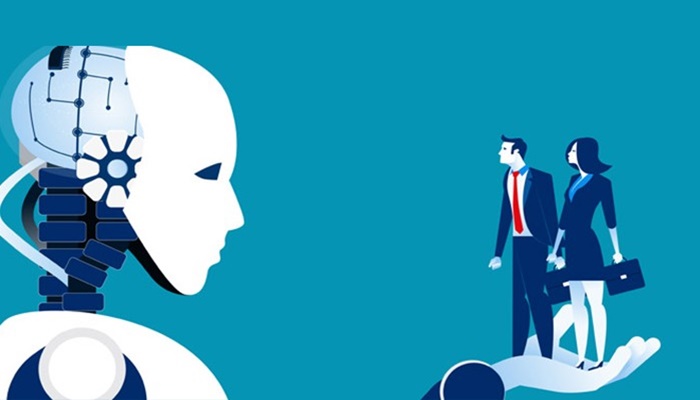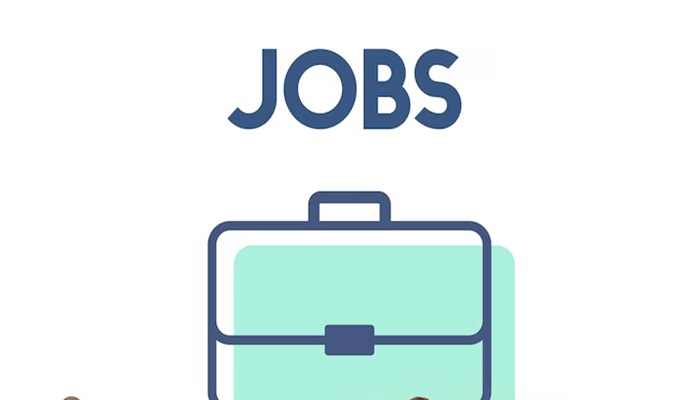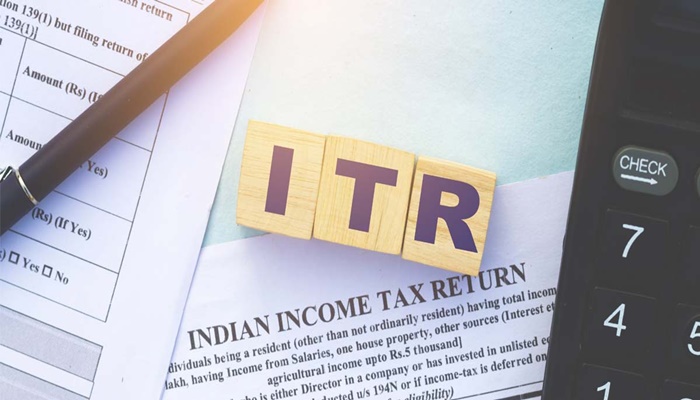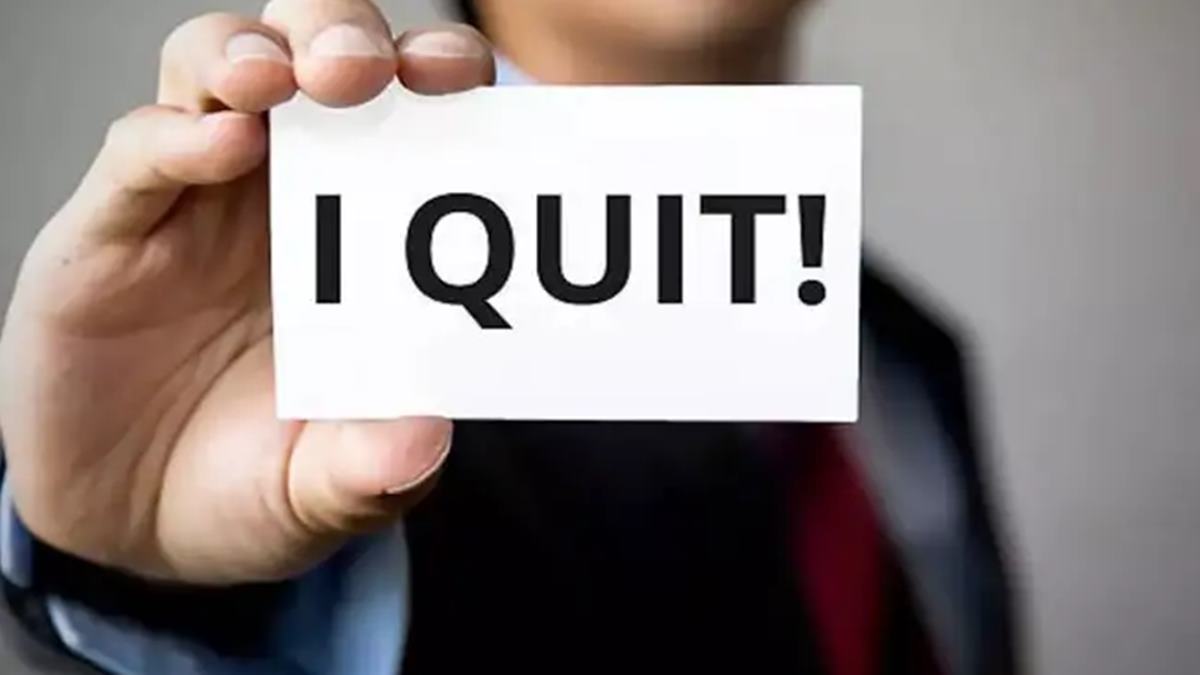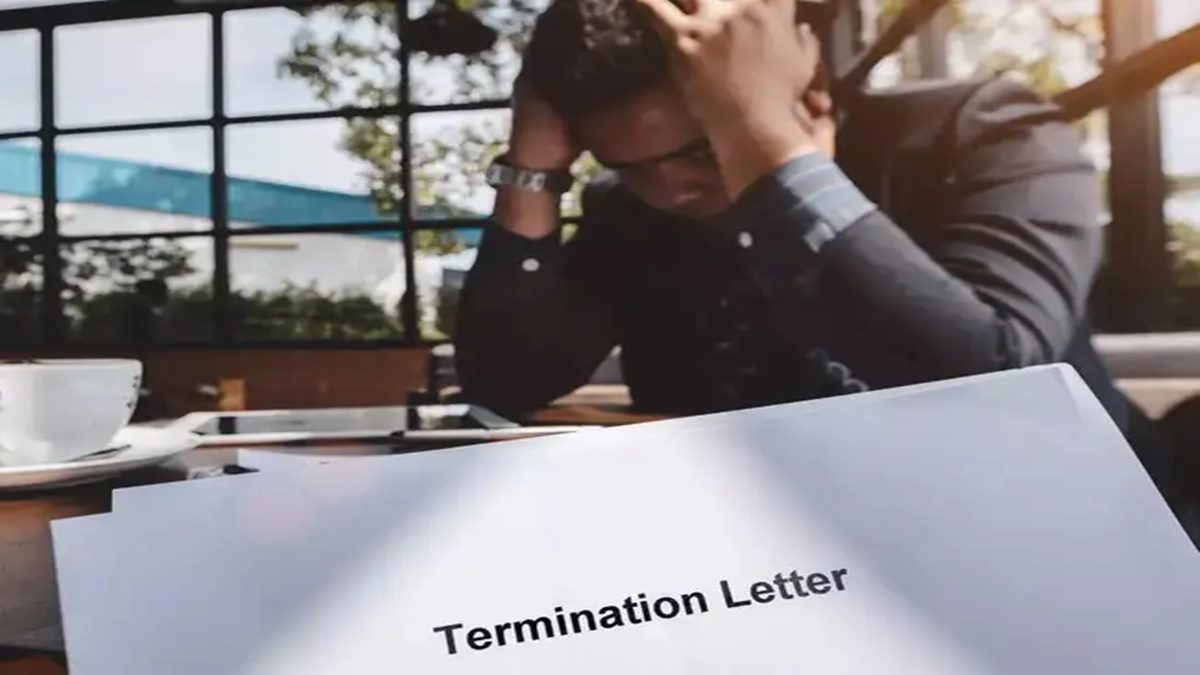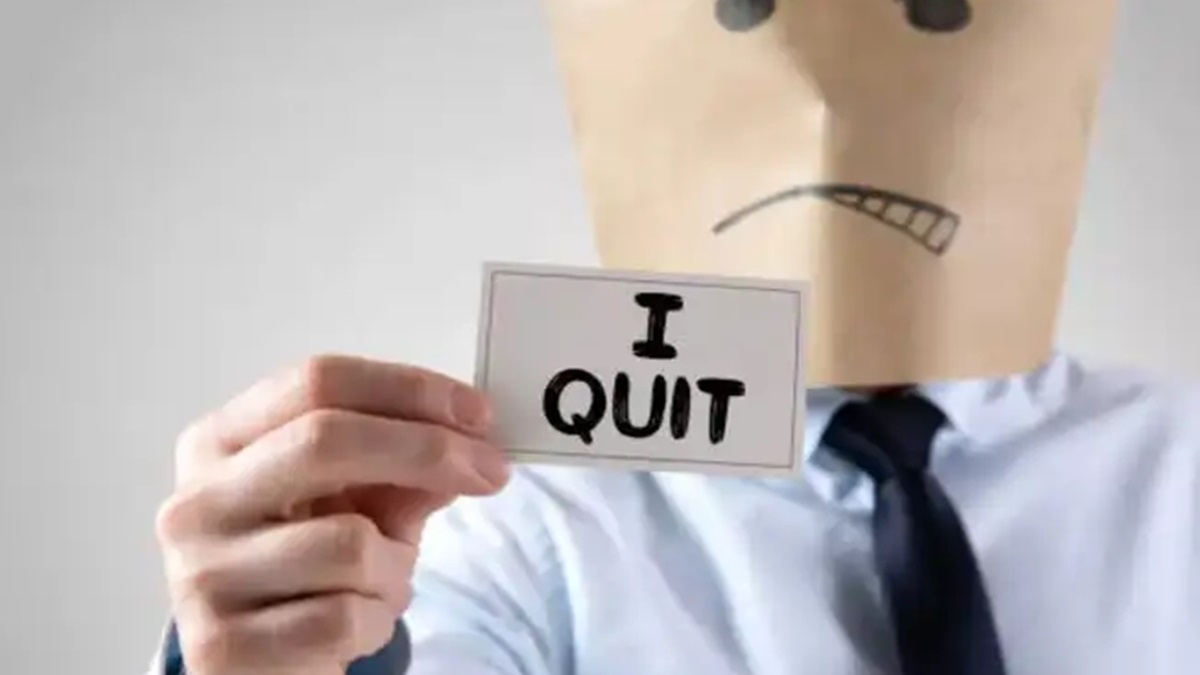Competition in the workplace is hard to miss. It shows up in the scramble to hit sales targets, the quiet tallying of recognition, or the subtle comparisons of who gets promoted first. For some, it is the spark that pushes them to outperform; for others, it creates invisible walls that weaken collaboration. The challenge for organisations is not to eliminate competition but to harness it—fuelling ambition without letting rivalry erode trust.
“In sales, targets are the heartbeat,” says Ramesh Shankar, senior HR leader. “People thrive when they know their effort translates into recognition and results.” He recalls how salespeople often push harder when they know a peer is close behind. Yet, he warns, true excellence lies not in outpacing colleagues but in outpacing one’s past self. He cites pole vaulter Sergei Bubka, who broke his own world record multiple times, as the model for inward-looking competition.
That distinction matters. When competition becomes about peer comparison, its darker side surfaces. In team-based work—brainstorming, product development, or creative projects—rivalry can dampen openness. “People start to guard knowledge, thinking sharing may weaken their edge,” observes Anil Mohanty, group head-HR, Falcon. “This silence is costly. Innovation thrives on curiosity and building on each other’s thoughts. If competition replaces cooperation, the team suffers.”
He recalls a project where employees withheld field insights, fearing colleagues might gain from them. The result was a weaker solution than the team could have achieved collectively. On the surface, everyone appeared to excel individually. Beneath, the team’s output stalled.
“People thrive when they know their effort translates into recognition and results.”
Ramesh Shankar, Senior HR Leader
This paradox—competition as both a motivator and a barrier—puts pressure on leaders to recalibrate culture. Pallavi Poddar, CHRO, Fenesta Windows, describes competition as “a double-edged sword. It drives performance when aligned with personal goals, but unchecked rivalry corrodes team spirit.”
Fenesta attempts to strike that balance by linking part of sales incentives to team performance. Poddar says it encourages collaboration: “Individuals still chase their targets, but they’re nudged to share leads and celebrate collective wins.” Managers are also trained to spot early signs of negative rivalry, such as disengagement in discussions or guarded behaviour. “Leaders are encouraged to reset expectations quickly, reinforcing that success here is about shared growth,” she adds.
The common thread across these perspectives is leadership. Systems and incentives matter, but behaviour at the top sets the tone. A manager who hoards information or pits employees against each other normalises rivalry. One who shares openly and credits collective wins signals that collaboration is valued.
“At Fenesta, individuals still chase their targets, but they’re nudged to share leads and celebrate collective wins. Managers are also trained to spot early signs of negative rivalry, such as disengagement in discussions or guarded behaviour.”
Pallavi Poddar, CHRO, Fenesta Windows
Recognition frameworks play a part too. Traditional awards for “top performer” can inadvertently deepen rivalries. Complementary awards—“best collaborator” or “knowledge sharer”—remind employees that success is not always individual.
Shankar believes communication is equally vital: “As leaders, we must remind teams it’s about being better today than yesterday. That reduces envy and increases learning.”
Another safeguard is psychological safety. When employees know they can share half-formed ideas or admit mistakes without ridicule, they stop seeing colleagues as threats. Poddar argues that this shift turns the workplace into a learning arena rather than a battlefield.
“People start to guard knowledge, thinking sharing may weaken their edge.”
Anil Mohanty, Group Head-HR, Falcon
The lesson for organisations is not to suppress competition—impossible in any ambitious environment—but to humanise it. Encouraging curiosity, building empathy through job rotations, and fostering collective problem-solving can all redirect energy away from rivalry and towards growth.
As hybrid work and digital collaboration accelerate, competition will remain part of the ecosystem. Left unchecked, it breeds silos. Channelled wisely, it can drive ambition while strengthening collaboration.
The paradox need not be fatal. Competition can be a lever for progress—provided it sharpens performance without dulling trust. The goal, as Poddar puts it, is to ensure “individuals shine while the team shines brighter together.”
Source – https://www.hrkatha.com/features/the-double-edged-sword-of-competition/

